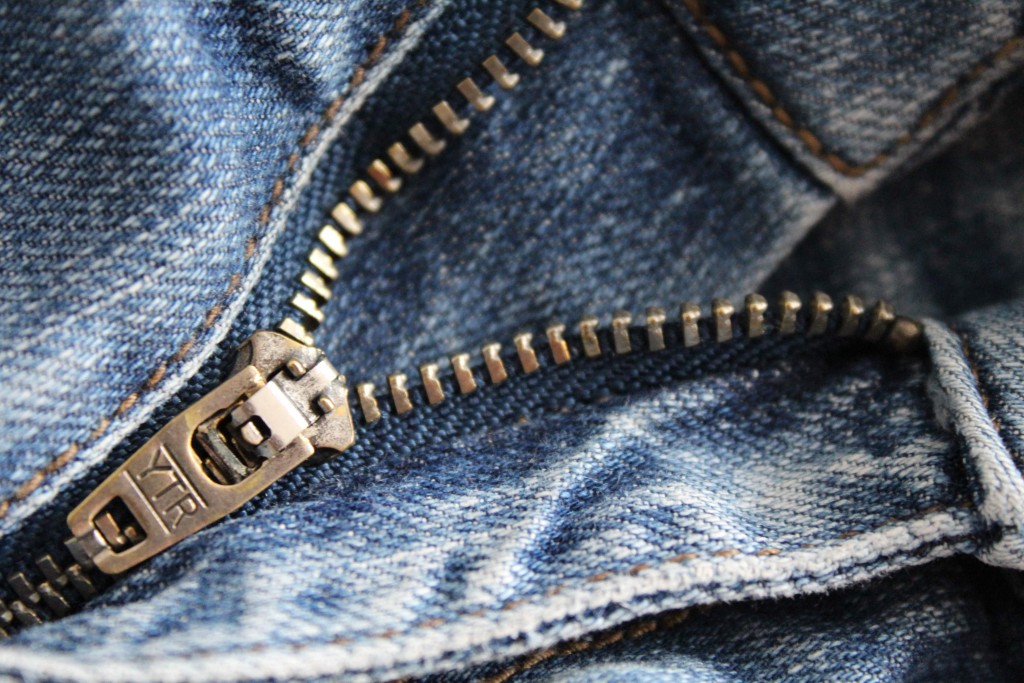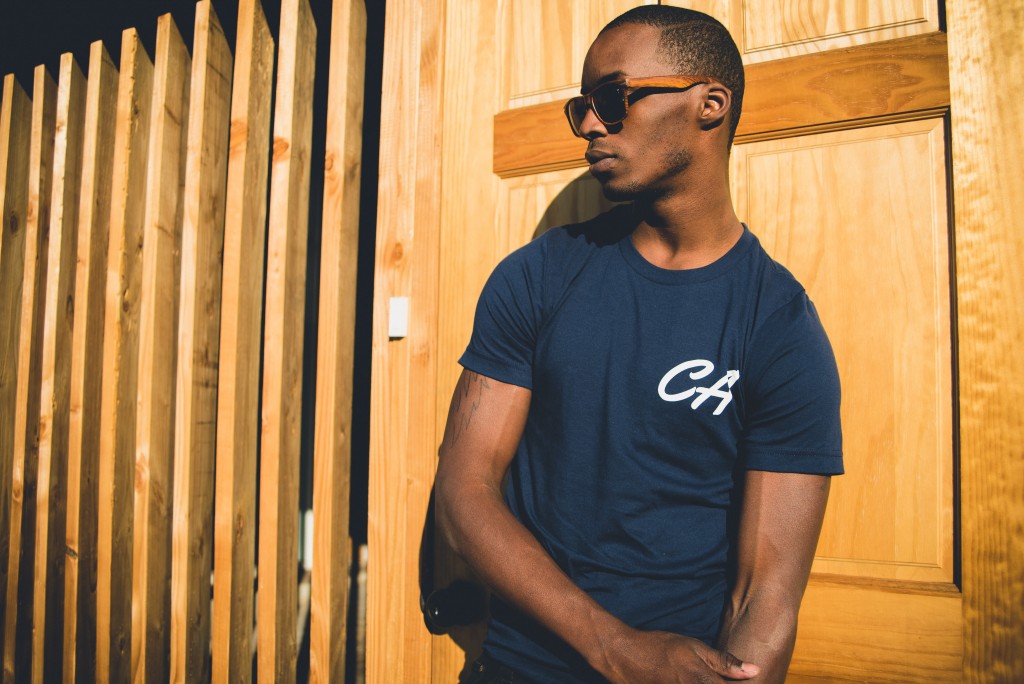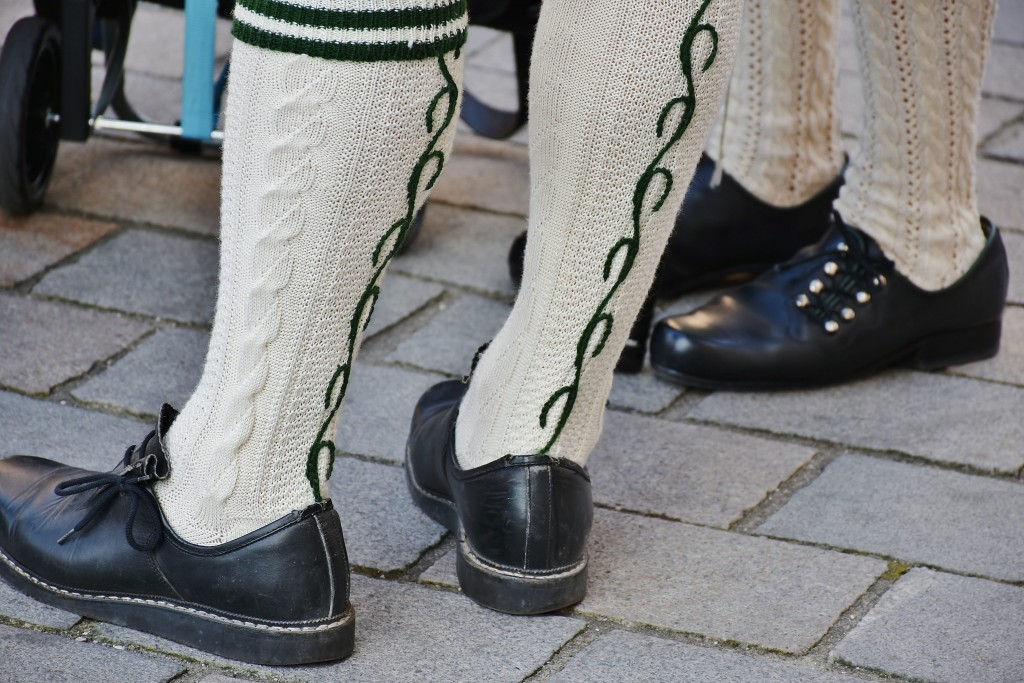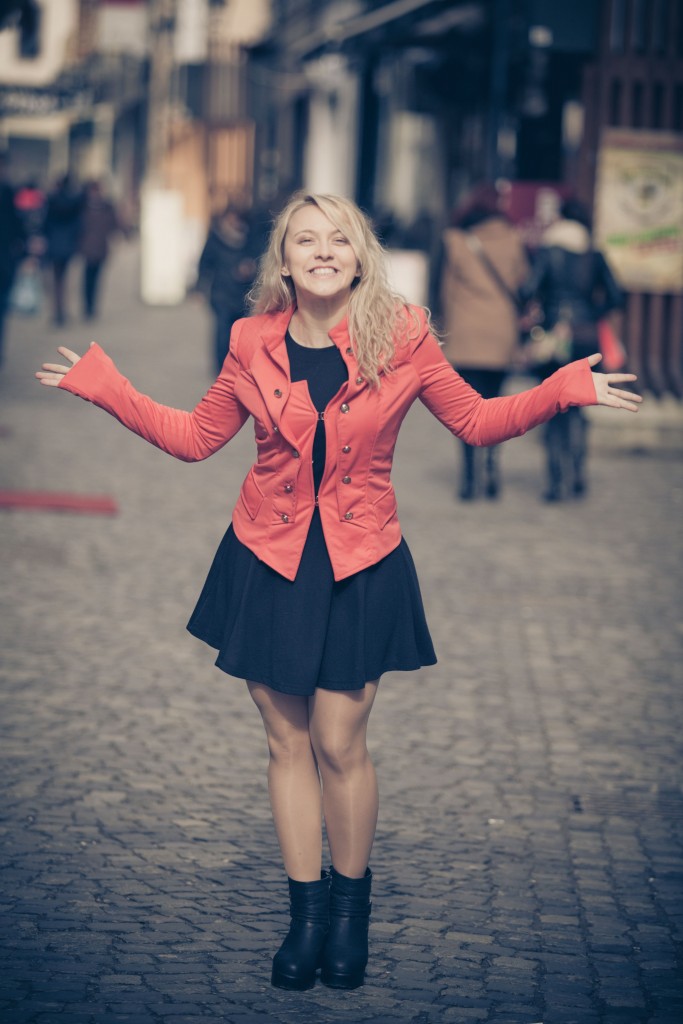It is rightly said that beauty lies in the details. So is it in fashion design. Any designer garment will have its minute details and features well thought of and implemented; from buttons to threads and labels to motifs.
In fashion designing, details play a crucial role in making the total look appealing and congruent. After the broad cut and fashioning is done, the accessories for a garment is added to it with careful consideration of colour, stitch, shape and material.
In the practical modules of fashion and design courses, the design is not considered complete until the features of a garment do not match the total concept upto the minutest accessory used. So while deciding patterns and patches or closure devices viz. hooks, buttons or strings, the designer gives a great consideration for the suitability of these elements to the total design theme implemented.
For ladies wear, accessories include strings, zippers, hooks, ribbons, laces and linings. It is definitely a highly creative job to decide the right accessory for each garment in each category. The aim is to combine the best of usability with the required beautifying features. Fashion design schools train the students to handle this balance quite well.
To throw more light on the importance and relevance of accessory design and selection in fashion design training, here is a look at a few common accessories used in fashion design.
Threads
As obvious as it is, threads are the basic components of any garment design. The choice of threads used from stitching a button to making embroidery, depends very much on the type of fabric used for the garment. The thread work thus can be identified as those that are visible externally and those that runs inside the garment.
The visible threads include the threads used in stitching buttons, zippers and embroideries. The colour of the thread and the thread material should match and enrich the basic fabric. The invisible ones as at the linings cannot afford to be compromised in colour and quality, making the whole design incongruent by such a basic element.
Buttons
Buttons are commonly seen in dresses, shirts and even trousers as a closure device. Even though zippers are largely used these days, in many instances, buttons serve an extra purpose of being a decorative element with shapes and colours that add to the appeal of the garment. Materials like shells, plastic, celluloid and ivory are selectively used to match the standard and style of the garment it is used on.
Zippers
A very common garment fastener accessory, zippers can be made in different models and colours in fabric choices that goes with the main garment. From the rail of the zipper to its handle, the choice always adds to the style element of the garment design and work hassle-free to the comfort of the user.
Label
Label is a component that adds information and brand indicator to the garment. The placement of the label can be in different places of the garment. For example, while most labels are placed along the back of the neckline, in some instances they may be placed right on the pocket or torso as seen on tees.
Labels gives out information on brand, size and fabric caring specifications. The designing and addition of labels are also among the specialised jobs of a fashion designer.
Motifs
Largely a beautification element, these decorative components add to the fashion the garment features. The motifs could be directly stitched onto the garment or maybe attached to it after being made separately.
Lining
Lining serves the purpose of retaining the shape of different areas of the garment and reinforcing or supporting areas of the garment, also incorporating certain qualitative enhancements like heat and pressure regulation. While woven interlinings are simple and plain, they are giving way largely to the use of fused interlinings that are applied to the garments like a component.
Hooks
Most applicable to ladies wear, hooks come in different makes and designs that suits the garment it is applied on. The material used and the design preferred makes a lot of difference in the design value in terms of looks and use.
Much more of such little accessories make for specialised learning in fashion designing. It is interesting and yet highly important to master this topic as no design should suffer from the mismanagement of such vital details.







